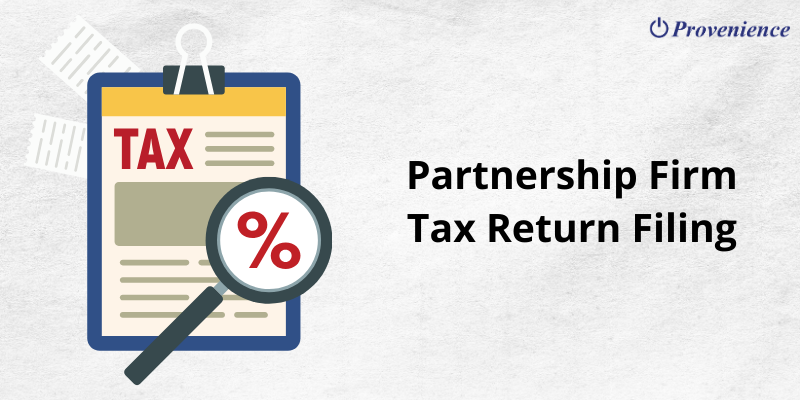
Introduction: What is a Partnership and Why do Partnerships Need an Income Tax Return?
keywords: business taxes, partnership return, partnership income tax return
A partnership is a business entity in which two or more people join together to form a business. Partnerships are not taxed separately, but rather are taxed as one entity.
A partnership’s income is reported on the individual income tax return of each partner. A partnership’s losses and credits, such as deductions for bad debts and depreciation, can be passed through to the partners’ individual returns.
Income Tax Return: A return filed with the IRS that reports taxable income and calculates taxes owed by an individual or organization.
What is the Partnership and What’s the Difference between it and a Sole Proprietorship?
keywords: business structure, incorporation, sole proprietorship
A partnership is one of the most common types of business structures. It is a form of business that has two or more owners. These owners are called partners and there are two types: general partners and limited partners.
A sole proprietorship is the simplest form of a business structure that does not require any formalities to be completed. It is owned by an individual who can operate it as he or she pleases without any need for registration.
How to Prepare for a Partnership Income Tax Return as Part of Annual Accounting Requirements?
keywords: accounting basics, monthly accounting procedures
Partnerships are a type of business entity that is governed by the provisions of the Income Tax Act. Partnership income tax returns are also filed on a different schedule than that of corporations.
The key to preparing for a partnership income tax return is to understand what needs to be done and when it needs to be done by. This includes understanding the accounting basics, monthly accounting procedures, and annual accounting requirements.
What are the Various Types of Forms that One Needs to File for a Partnership?
keywords: different types of forms needed for partnerships, partnership tax returns forms
Form 1065 is the form that one needs to file if they are partners in a partnership. It is used by the IRS to set up the tax return of a partnership.
Form 1065-B is used by the IRS to determine how much each partner owes in taxes and how much they have been paid. The form also shows any credits or refunds that each partner has received from their share of profits and losses.
Form 1065-B can be filed electronically with the IRS using their e-file system, or it can be mailed in paper form with a copy of Form 1065 attached.
Partnership Taxation – Overview
keywords: income tax return of partnership, partnership taxation)
The Tax Cuts and Jobs Act of 2017 (TCJA) made significant changes to the tax treatment of partnerships. The TCJA created a new type of partnership that is not subject to the rules governing “general” partnerships, but instead are treated as corporations.
The TCJA also increased the top corporate tax rate from 35% to 21%, which will have a significant impact on how income is taxed by corporations. The TCJA also eliminated the deduction for state and local taxes paid or accrued, which will affect all businesses.
The TCJA introduced new limits on deductions for business interest expense, depreciation, and amortization expenses. These limitations may have an impact on cash flow for partnerships with debt on their balance sheets or who use these deductions as part of their business strategy.
Determining who is a partner for tax purposes
keywords: income tax return of partnership, excluded partners)
The Internal Revenue Service (IRS) has a program called the “Partnership Audit Closing Agreement Program” (PACAP) that is designed to encourage voluntary compliance by allowing partners to correct errors and agree on the correct tax liability without an audit or litigation.
If you are a partner in a partnership, you have to report your share of income from the partnership on your individual income tax return. You also need to report deductions, credits, etc. that apply only to you as an individual. You may not claim any deductions or credits that apply only to the partnership as a whole.
In general, if you are considered an excluded partner for income tax purposes, then you do not have to file a return for the partnership for that year.
Determining the amount of money each partner has made during the year based on the statutory rules
keywords: income tax return of partnership, impermissible deductions, statutory allocations)
Partnerships are not required to file tax returns, but if they do, the partnership must determine the amount of money each partner has made during the year based on the statutory rules.
To calculate each partner’s share of income, we need to subtract any impermissible deductions and then divide by total revenue. The total revenue is calculated by taking all income from business operations and adding any other income sources.
0 Comments